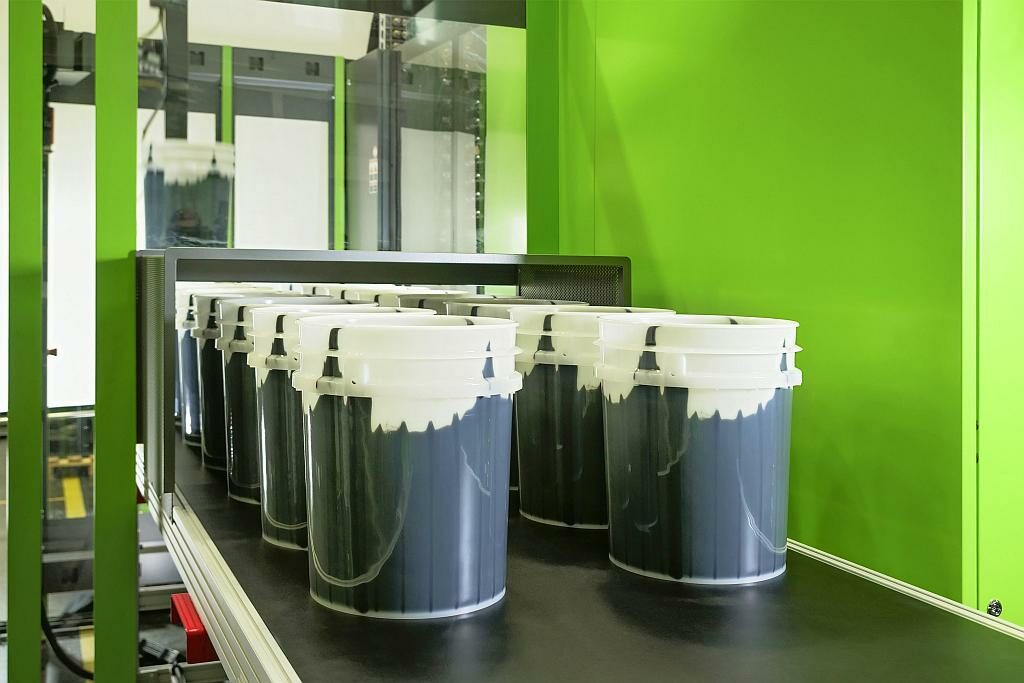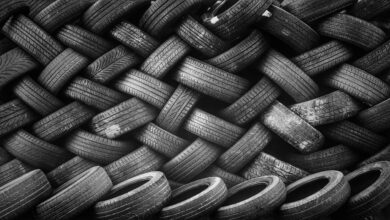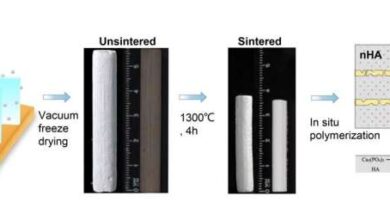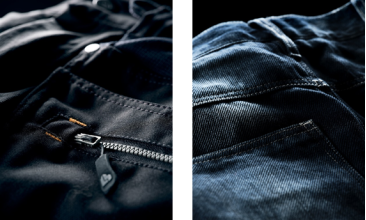Engel: More recyclate in sandwich components

Baspar / Iranpolymer The new coinjection process, which Engel, Schwertberg (Austria) developed together with Top Grade Molds, Mississauga (Canada), enables a high proportion of recycled material to be completely enclosed in new goods in the manufacture of buckets and is therefore superior to conventional sandwich injection molding processes. The new process was able to demonstrate its advantages in the production of 5-gallon buckets during the Engel live e-symposium in June. In combination with the new duo speed injection molding machine, very short cycle times are achieved.
Various countries already stipulate a minimum proportion of recycled material for certain products. In the western United States, for example, some market areas for buckets require a 25% share. In addition, there is the requirement that the dark recycled material is not visible at the injection point either. These trends drove the development of the new coinjection process. With a recyclate content of more than 30%, the 5-gallon buckets produced during the Engel Symposium exceed the American standards, which are very strict by international standards.
Short cycle times
Engel’s development partner is the toolmaker Top Grade Molds, which specializes in packaging applications. The bucket tool for the world premiere is provided by the US bucket manufacturer M&M Industries, Chattanooga (Tennessee). It runs on an Engel duo speed injection molding machine that Engel developed specifically for the requirements of producers of buckets as well as storage and transport containers. This new type of large machine combines productivity and efficiency with short cycle times. Coinjection ensures just as short cycle times as the production of the buckets in conventional one-component injection molding.
Coinjection enables the processed material to be concentrated in the component core and completely enclosed in a layer of new material. In order to be able to recycle the sandwich products at the end of their useful life, new goods and recycled material are made of the same plastic. For the 5-gallon buckets, HDPE is processed, with the recyclate coming from post-consumer collections.
High product quality
The challenge with sandwich injection molding is to achieve a high proportion of recycled material without sacrificing product quality and performance. One development focus was therefore on merging the two plastic melts in the mold without mixing them in the melt flow beforehand. As a result, close to the cavity, directly at the injection point, a valve gate system is used to switch from recycled material to new material.
5-gallon buckets are used universally in North America for a wide variety of products. Since the two material fractions – core and skin material – are strictly separated from each other in the manufacturing process and the recyclate is also completely enclosed by new material at the injection point, the new coinjection process is also of interest to the food industry.
With the presentation of the new coinjection process, Engel is further strengthening its competence in the production of sandwich products with a core made from recycled material. While the skinmelt process presented at K 2019 is mainly used for the production of technical parts as well as logistics boxes and pallets, the co-injection developed with Top Grade Molds meets the requirements of manufacturers of buckets and other smaller packaging products and is also suitable for Suitable for multi-cavity molds.








